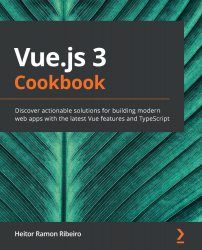When we create our TypeScript project, a file named tsconfig.json is created inside our folder. This file coordinates all the rules on the compiler and the static type checking during the development process. All developments are based on the rules defined in this file. Each environment depends on specific rules and libraries that need to be imported.
When developing, we can assign types directly to constants, variables, function parameters, returns, and much more. These types of definitions can prevent basic type errors and code refactoring.
After the development is done and we compile the project, the final product will be a pure JavaScript file. This file won't have any type of checking, due to the dynamic type of JavaScript.
This JavaScript file gets transpiled to the target model and defined on the configuration file, so we can execute it without any problems.



